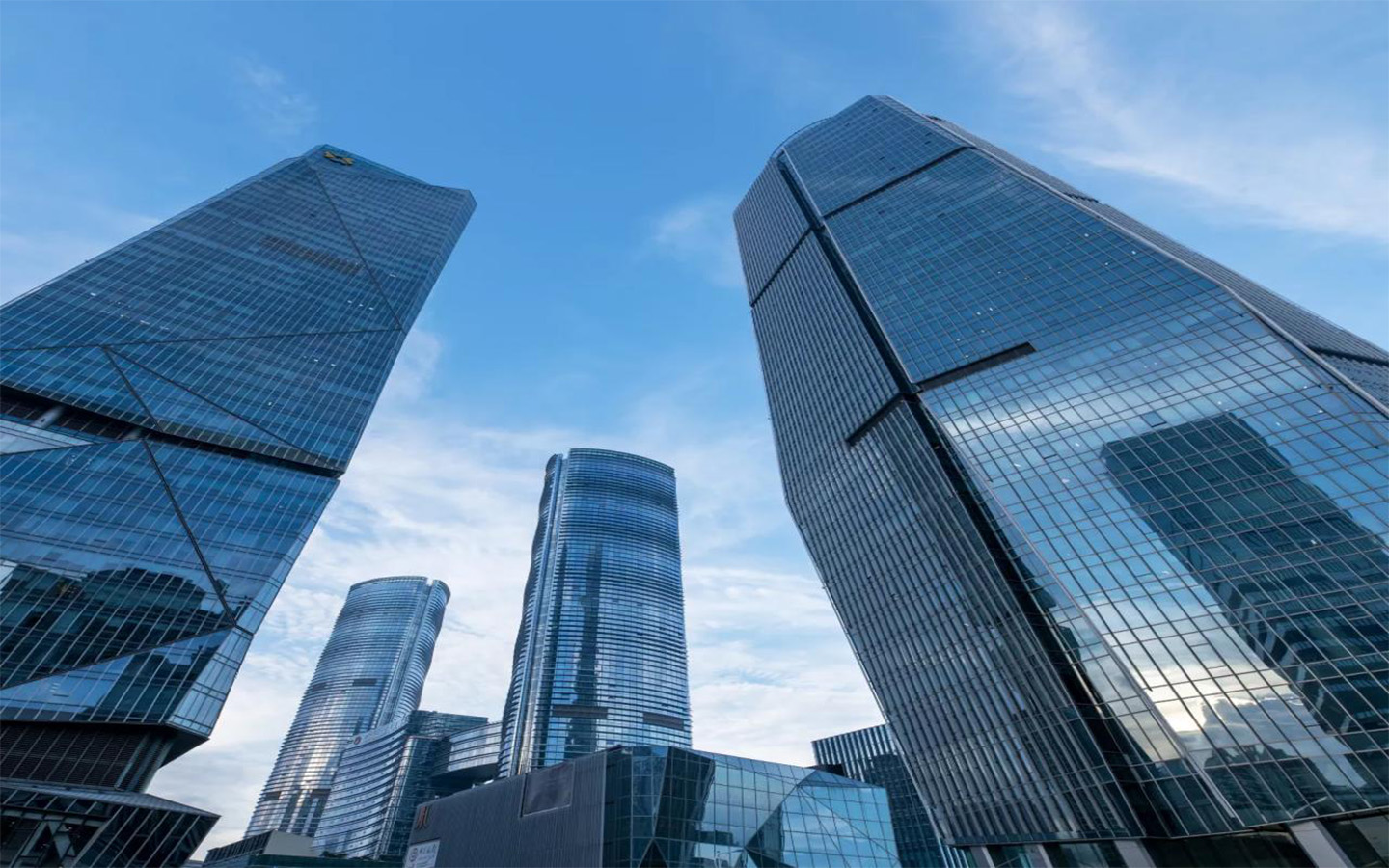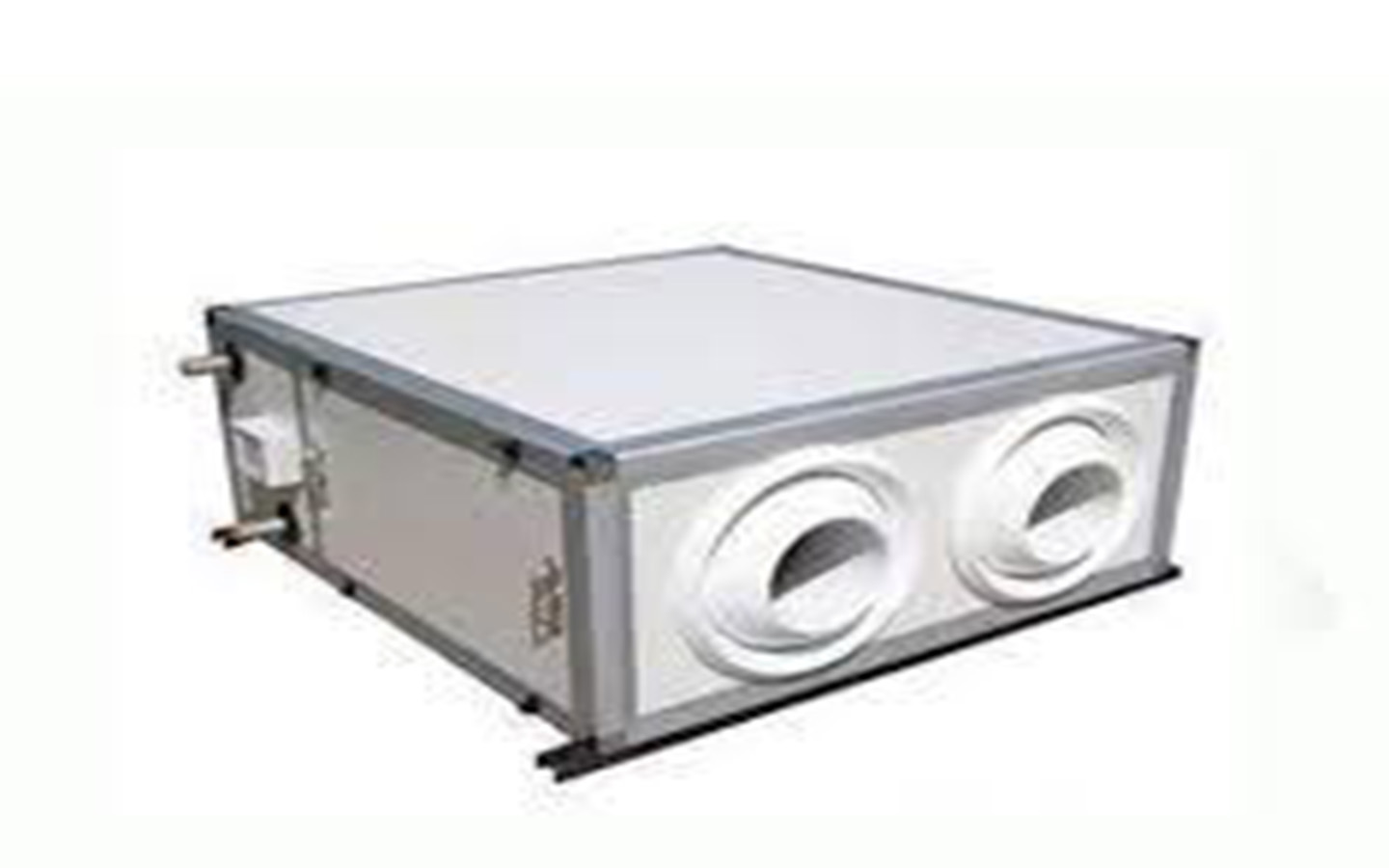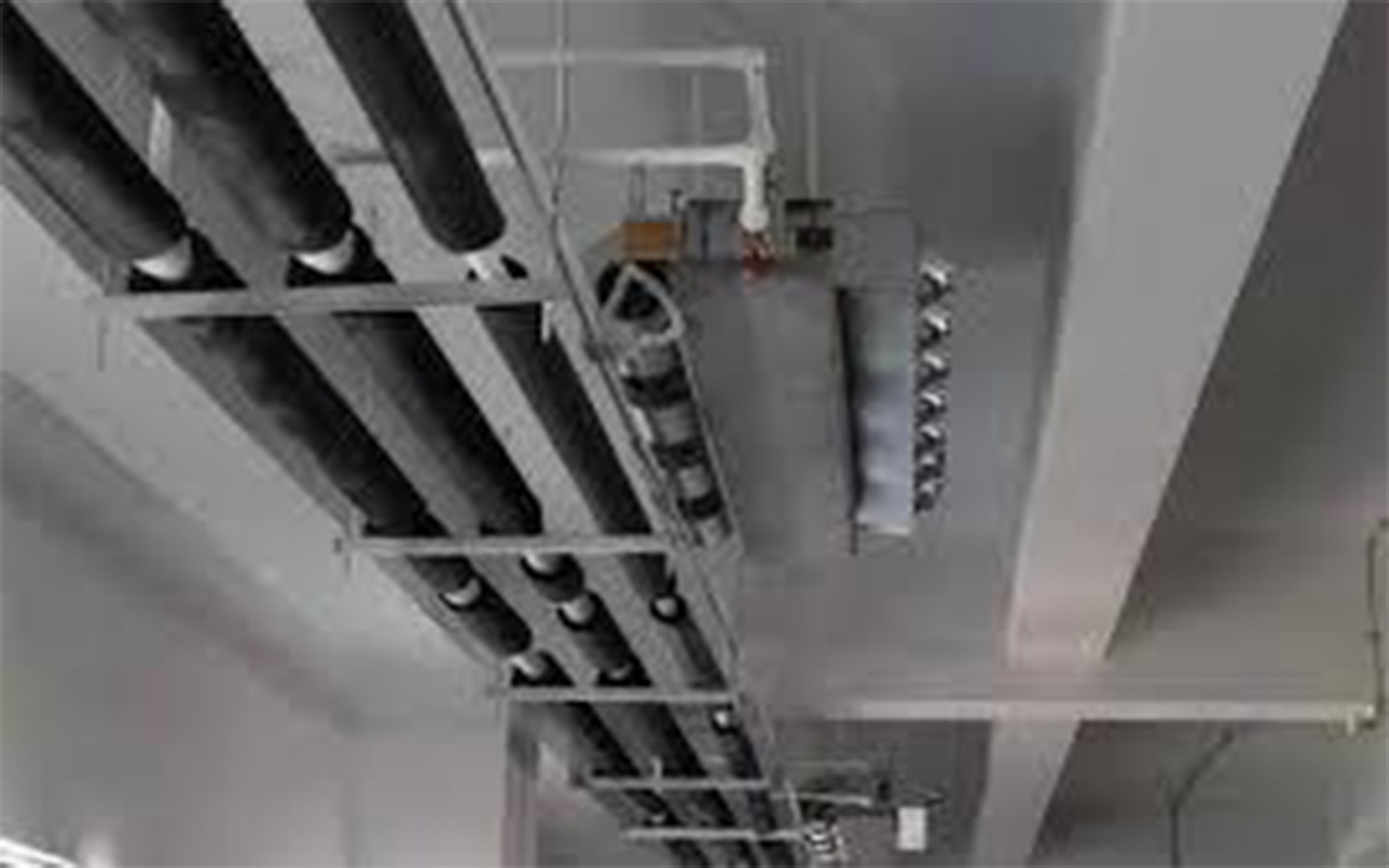Tall space buildings have special requirements for air conditioning, due to the high space of tall buildings, large floor area, air conditioning airflow organization design has brought a lot of problems: when the need to send cold air in the summer, it is even more tricky, and often lose sight of the other.
For this kind of high space building, the traditional pipeline air conditioning design has two kinds of ways, one is the air ducts arranged in the roof frame, airflow organization for the vertical downward, the biggest problem is how to take into account the hot and cold air supply, the main disadvantage is the air conditioning system ducts long, duct cross-section, ducts occupy a lot of effective space, or affect the use of some of the building’s functions (such as the installation of plant overhead cranes), or to increase the cost of construction (have no choice but to increase the height of the building), the air-conditioning system is a very important part of the building. Cost (as a last resort and increase the building height), while the air conditioning unit high energy consumption, increased operating costs, air conditioning unit noise also tends to exceed the standard allowable value, must be anechoic treatment. Another way is to arrange the air ducts in the direction of the building on both sides of the wall, the airflow organization for the horizontal air supply, in addition to the existence of the same fan with the first way of high energy consumption, noise shortcomings, there are also due to the concentration of air ducts, air duct cross-section is large, air ducts tend to affect the external window lighting, for the industrial plant with a crane, air ducts are often arranged in contradiction with the crane when the width of the building is large, the middle part of the often Difficult to put in place and other problems, and affect the air conditioning effect.

In addition, the traditional central air conditioning in order to solve the problem of hot and cold air supply at the same time, sometimes need to set up two sets of air ducts, which further increases the investment and occupies the effective space.
In view of the special requirements of air conditioning for high space buildings, our company, on the basis of the existing ductless induced ventilation technology, through long-term investigation and summarizing and absorbing the experience and lessons learned from the developed countries in the application of air conditioning in high space, has developed the remote jet air conditioning unit integrating refrigeration, heating, ventilation, and heat recovery after many years of dedicated research, providing the ideal air conditioning terminal equipment for the high space with a brand-new concept.
Technical Principles
Tailor-made solutions
Remote jet air-conditioning unit, through the forced jet to achieve remote air supply, eliminating the traditional central air-conditioning air supply and return ducts; through the special nozzle can be adjusted to the direction of the air supply to realize the hot and cold air supply of different flow patterns, so that the cooling and heating in the same equipment to take into account, fundamentally overcoming the shortcomings of the traditional pipeline air-conditioning and easy to realize the local sewage is a multi-functional system, better adapted to the special requirements of the building of large spaces on the It is a multi-functional system, which is better adapted to the special requirements of large space buildings for air conditioning.
Remote jet air-conditioning unit is divided into two forms: horizontal and vertical. Horizontal unit adopts spherical nozzle, which can adjust the air supply angle in all directions within 60° (upward, downward, to the left, to the right of each 0-30°), and the adjustment mode can be manually or electrically adjusted. By adjusting the appropriate angle of the air supply nozzle, not only can we avoid the problem of premature drop of cold air or hot air not sent down, solving the contradiction between cooling and heating; and because of the wide range of adjustment of the air supply angle, it also makes up for the defects that the calculation of airflow organization is not easy to be accurate. For details, please refer to our.
The vertical unit of BEST Remote Jet Air Conditioning Unit adopts BEST special nozzle, through the adjustment of the angle of its blade, it can realize the different flow state of the hot and cold jet sent to achieve the ideal airflow organization state.BEST special nozzle is adjusted in two ways: electric and remote control.

Energy-saving system combination mode
The central air-conditioning system consisting of a remote jet air-conditioning unit and a centralized heat source is a split central air-conditioning system – a centralized heat source (inlet/return water) with decentralized (on-site) heat exchange, and its system combination mode has energy-saving advantages over ducted air-conditioning.
This system adopts a strong convection air supply from above to send treated air to the working area, so there is almost no air stratification in the whole space, which improves temperature uniformity and reduces energy loss due to heat dissipation from the roof, making the system more energy efficient.
Its decentralized heat exchange characteristics, so that the air conditioning equipment is easy to group control and operation, so that the user can be flexible according to changes in the production situation, production off-peak seasons, work and rest time to use the air conditioning, energy saving than the traditional central air conditioning and heating mode of the grand unified mode of operation.
Because of its heat exchange at the use of the site, the indoor unit (BHV, EHV, EKV) directly circulating treatment of indoor air, maximizing the use of “waste heat” to achieve the same indoor temperature consumes significantly less heat energy, which for the general requirements of the air quality of the place, energy saving and consumption reduction of great significance; for the fresh air unit, the indoor air goes directly into the unit. For fresh air units, the indoor air directly enters the unit and is partially recycled (SH/SHK, TH/THK units), or directly enters the waste heat recovery heat exchanger set in the unit (THW/THKW units), which avoids the heat loss that inevitably occurs in traditional air conditioning return air ducts.
The system eliminates the supply and return air ducts, which have a large surface area, thus avoiding duct contamination and heat loss from the system. Because the control heat medium (inlet/outlet) piping is much smaller than the air ducts, and the liquid medium is easier to transfer than the gas medium, controlling heat medium (inlet/outlet) leakage and its heat loss is much easier and more reliable than the air ducts. This structural form is better than the traditional large air duct structure of the insulation effect, and save the investment in insulation materials and related costs.

Application field
Remote jet air-conditioning unit for various types of large industrial plants, large warehouses, large supermarkets, noise shortcomings, there are also due to the concentration of air ducts, air duct cross-section is large, air ducts tend to affect the external window lighting, for the industrial plant with overhead cranes, the arrangement of air ducts and the overhead cranes are often contradictory, when the building width is large, the middle part of the middle part of the building is often difficult to be in place and other issues, and affect the effect of air conditioning. In addition, the traditional central air conditioning in order to solve the problem of hot and cold air supply at the same time, sometimes need to set up two sets of air ducts, which further increases the investment and occupies the effective space.

 Español
Español Русский
Русский Tiếng Việt
Tiếng Việt 中文
中文 suomi
suomi Français
Français Português
Português English
English Deutsch
Deutsch Français
Français Español
Español Italiano
Italiano Português
Português Pусский
Pусский


